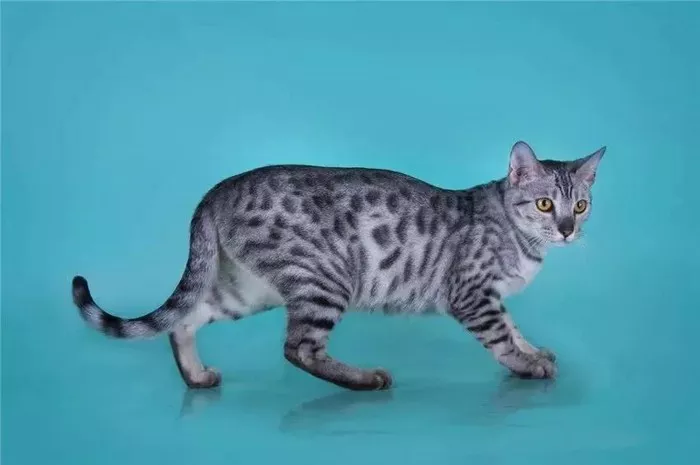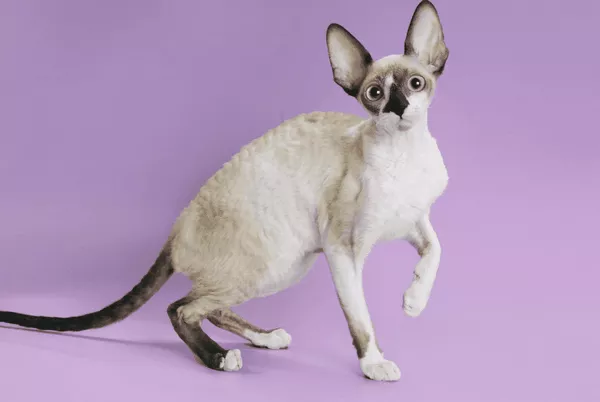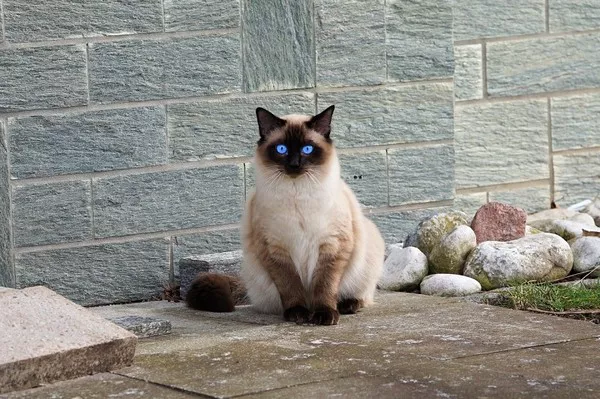Bengal cats are a breed known for their wild appearance, distinctive coat patterns, and playful personalities. These magnificent felines have garnered immense popularity among cat enthusiasts, but prospective Bengal cat owners often face a significant question: Why are Bengal cats so expensive? In this comprehensive article, we will delve into the factors that contribute to the high price tag of Bengal cats and explore the allure that makes them worth the investment.
Bengal Cats: A Brief Overview
Before delving into the reasons behind the cost, it’s essential to understand the allure of Bengal cats and what makes them unique:
Distinctive Appearance: Bengal cats are revered for their exotic appearance, which mimics the coat patterns of wild leopard cats. Their coats feature a marbled or spotted pattern, with a background color that can range from gold to ivory, accented by rich, dark markings.
Playful Personality: Bengal cats are known for their spirited and active personalities. They are highly intelligent and enjoy interactive play, which makes them engaging and entertaining companions.
Athletic Build: These cats have a muscular and athletic build, with long, lean bodies, making them agile and acrobatic.
Hybrid Heritage: Bengal cats trace their ancestry to the Asian leopard cat (Prionailurus bengalensis), which contributes to their distinct coat patterns and wild allure.
Factors That Contribute to the High Cost of Bengal Cats
1. Breeding and Genetics: One of the primary factors behind the high cost of Bengal cats is the meticulous breeding process required to produce these unique felines. Bengal cats are typically bred through a process that involves pairing domestic cats with Asian leopard cats or cats with Bengal lineage. This hybridization requires careful selection of parent cats to ensure desirable coat patterns, colors, and temperament. The complex genetics involved in breeding Bengal cats demand expertise, time, and resources, which contribute to their price.
2. Health Testing and Screening: Responsible Bengal cat breeders prioritize the health and well-being of their cats. This involves rigorous health testing and screening for genetic conditions and diseases that may affect the breed. These tests can include screenings for conditions like hypertrophic cardiomyopathy (HCM) and progressive retinal atrophy (PRA). The costs associated with these health assessments and regular veterinary care are factored into the overall price of Bengal kittens.
3. Quality of Care and Nutrition: Bengal cats require top-notch care and nutrition to thrive. Quality food, supplements, vaccinations, and a clean living environment are essential elements of their well-being. These expenses are part of the ongoing costs borne by breeders, which contribute to the overall price of Bengal cats.
4. Socialization and Early Training: Bengal kittens benefit greatly from early socialization and training. Responsible breeders invest time and effort into socializing their kittens, exposing them to various experiences and environments. This ensures that Bengal cats grow up to be well-adjusted, confident, and friendly companions.
5. Pedigree and Bloodlines: Bengal cats with exceptional pedigrees and bloodlines often command higher prices. Breeders carefully track the lineage and ancestry of their cats, emphasizing desirable traits and genetics. These bloodlines can be traced back to the original Asian leopard cats used in the breed’s development, adding to their value.
6. Show-Quality Cats: Some Bengal cats are bred specifically for participation in cat shows. These cats possess exceptional coat patterns, colors, and conform to breed standards. The time and effort invested in producing show-quality Bengal cats contribute to their elevated price tags.
7. Reputable Breeding Practices: Ethical and responsible Bengal cat breeders adhere to stringent breeding standards and practices. They prioritize the health and well-being of their cats, including proper nutrition, medical care, and living conditions. These ethical practices are reflected in the price of Bengal kittens.
8. Supply and Demand: Bengal cats’ popularity has surged over the years, leading to a higher demand for these unique felines. However, the supply of Bengal kittens remains limited due to the careful and responsible breeding practices required. This imbalance between supply and demand naturally drives up the price.
9. Registration and Documentation: Reputable breeders provide documentation and registration papers for their Bengal kittens, proving their pedigree and authenticity. These documents enhance the value of Bengal cats.
10. Transportation and Shipping: If you purchase a Bengal kitten from a breeder located far from your residence, transportation and shipping costs may be added to the overall price.
Conclusion
In conclusion, the high cost of Bengal cats is a reflection of the meticulous breeding processes, genetic considerations, health testing, and ethical practices employed by responsible breeders. Bengal cats are more than just pets; they are unique and extraordinary companions that bring joy and fascination to their owners’ lives.
While the initial price of acquiring a Bengal cat may be substantial, the investment is justified by the exceptional qualities and characteristics these cats bring into your home. If you are considering adding a Bengal cat to your family, it is crucial to research and choose a reputable breeder who prioritizes the well-being and quality of their cats. Ultimately, the price of a Bengal cat is a testament to their beauty, charm, and the dedicated efforts of responsible breeders in preserving this remarkable breed.


























